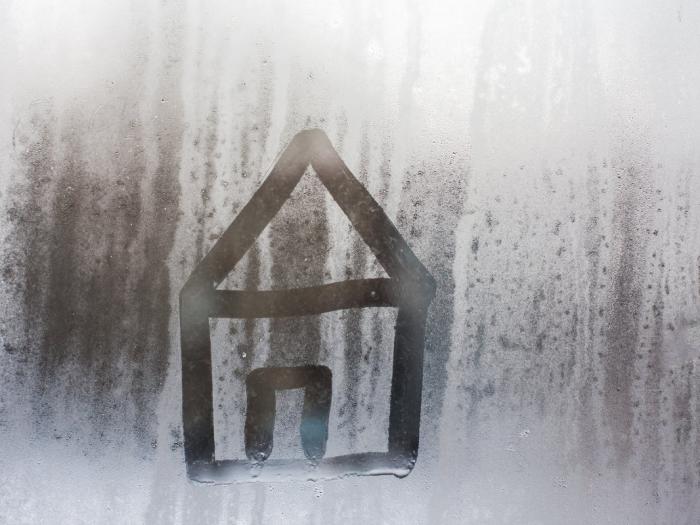

Vapour tight sealing
Is it better to make homes vapour-permeable of vapourtight?
The basic principle is that a building and its insulation must be able to dry out, and stay dry. This discussion is continuously ongoing, as the thicker the insulation you install, the larger the problems you may have with moisture in the dwelling.
Insulation in a building is intended to limit losses through heat transmission. High Rc values lead to less heat loss and therefore less energy consumption, provided that the insulation is dry and remains dry.
Moisture is produced in large quantities in homes (to the tune of around 10 litres per day, depending on the number of people, among other things). Such amounts can only be removed from homes by ventilation – put simply, ventilation is a must.
The Belgian Building Research Institute (CSTC/WTCB) recommends that a building must be damp-proof on the inside and breathable on the outside, meaning that the insulation is protected against vapour infiltration from the inside of the building. This is the standard method used in traditional wall constructions and in sloping roofs, and is often considered to be the situation in which there is the lowest chance of condensation.

Vapour diffusion
Water vapour always moves from areas with a high vapour concentration (where high vapour pressure is present) to areas with a lower vapour concentration. The difference in vapour pressure is the result of a difference in the temperature or relative humidity (RH) of the air on both sides.
When the material on one side comes into contact with air with a lower vapour pressure than the other side, for example in a façade or a roof, the water vapour will flow through the material due to the difference in vapour pressure. This phenomenon is called water vapour diffusion or vapour diffusion and results in a (water) vapour flow.
Moisture in a home will always find its way to an area with a lower air humidity (vapour diffusion). A vapour barrier membrane on the warm side is needed to keep the moisture out of the building structure and the insulation. As a vapour barrier membrane has joints in various places, moist air will still be present in the building structure and insulation through 'leaks' and may cool and condense. To avoid damage to the building structure such as dry rot, this condensation must be discharged to the outside: the structure must therefore be water-resistant on the outside, but breathable.
Moisture transport (vapour transport) through the building structure is impeded by a specific resistance that depends on the material and its thickness. This vapour diffusion resistance is represented by the µ value (mu value), a dimensionless number equal to the ratio of the vapour resistance of the material to the vapour resistance of a layer of air of the same thickness. The µ value of a material therefore indicates how many times greater the vapour diffusion resistance of the material is than the diffusion resistance of an air layer of the same thickness, also known as the equivalent air layer thickness.

Vapour convection
"Moisture transport (vapour transport) as a result of air flow, for example through air leaks in the insulation material, is called convective moisture transport. The amount of moisture entering the building structure through these leaks is often many times greater than the moisture entering the material through diffusion." That is all the more reason to avoid air leaks and build airtight structures.